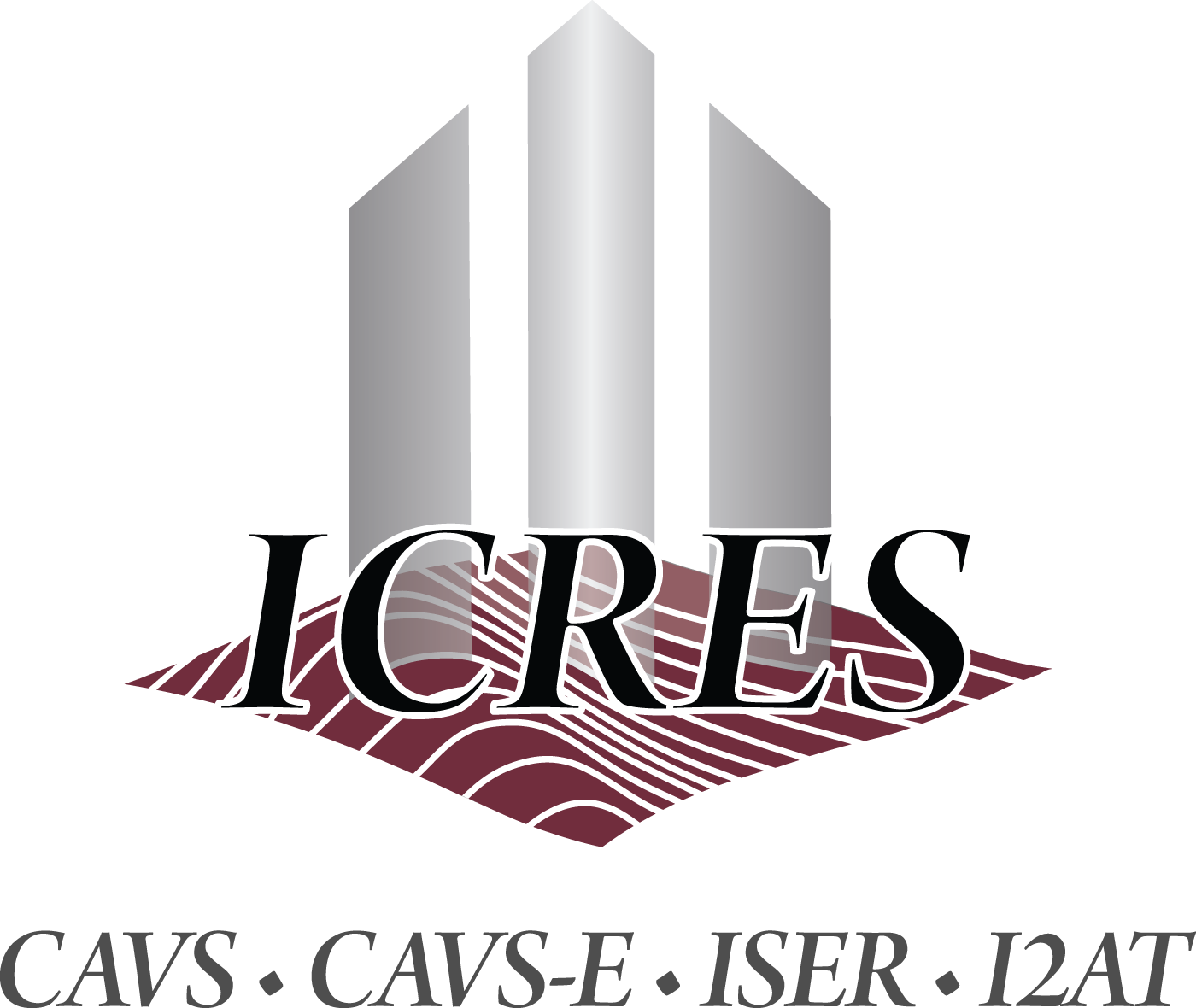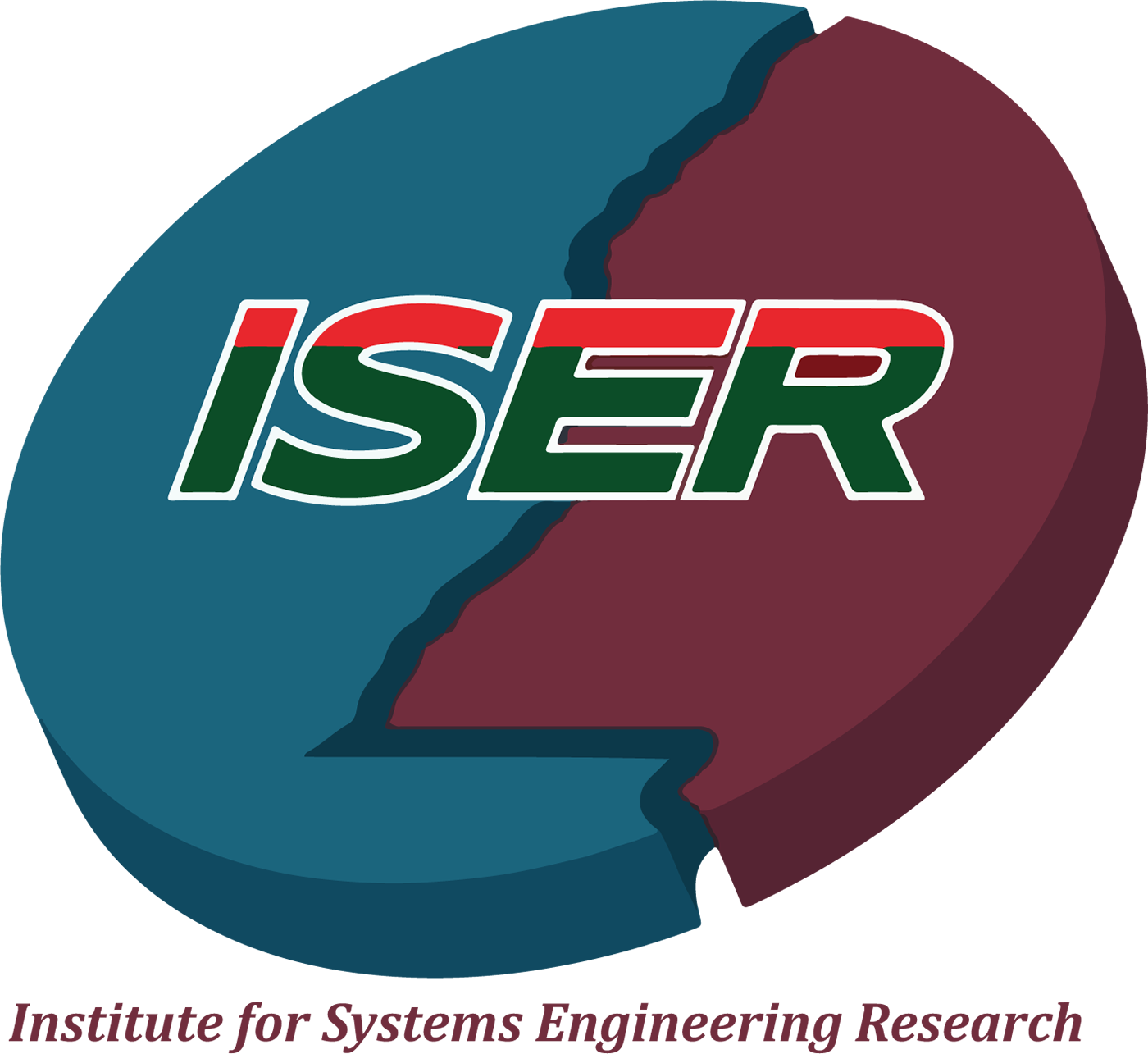Research at the HPC²
Research Centers, Institutes, and Initiatives

ASSURE - The Alliance for System Safety of UAS through Research Excellence is comprised of twenty-one of the world's leading research universities and more than a hundred leading industry/government partners. This alliance features expertise across a broad spectrum of research areas including: Air traffic control interoperability, UAS airport ground operations, control and communications, detect and avoid, human factors, UAS noise reduction, UAS wake signatures, unmanned aircraft pilot training and certification, low altitude operations safety, spectrum management and UAS traffic management. ASSURE possesses the expertise, infrastructure and outstanding track record of success that the FAA Center of Excellence for Unmanned Aircraft Systems demands.

CCI - The Center for Cyber Innovation is a sustainable solution provider for complex cyber problems. CCI leverages interdisciplinary cyber expertise. CCI has cyber relationships within the federal government, Defense Department and the Intelligence Community that allows CCI to be a solution provider of choice. As a facilitator, CCI engages select industry partners and academia partners to establish results-oriented teams with cyber capabilities.

CCS - The mission of the Center for Computational Sciences is to enhance the applicability and usability of simulations involving interacting physical, chemical, biological, and engineering phenomena by developing integrated computational environments and crosscutting tools that synergistically couple information technology with computation science and engineering.

GRI - The mission of the Geosystems Research Institute is to understand Earth's natural and managed systems and provide comprehensive solutions for socioeconomic and environmental requirements, leading to an improved quality and life. The computational engineering goals of the Geosystems Research Institute are designed to derive geoinformation from geospatial data, develop a fuller understanding of the information through mesoscale modeling and visualization, and provide information services to the geospatial science and user community through computational libraries. Using the infrastructure and expertise of one of the largest computing centers (HPC²) in the United States, the GRI provides capabilities in remote sensing computational technologies, visualization techniques, natural resource management, and the transition of these into operational agency research, planning, and decision-support programs. With its multi-disciplinary team of researchers and educators, the GRI has developed nationally recognized research strengths, with strong relationships and inherent respect from state, regional, and national agencies and business entities.

ICRES - The Institute for Computational Research in Engineering and Science strives to be a world-class center of excellence for research, technology and education equipped to address engineering challenges facing the nation's industrial base. Utilizing high performance computational resources and state-of-the-art analytical tools for modeling, simulation, and experimentation, ICRES will provide a distinctive, interdisciplinary environment that will support economic development and outreach activities throughout the State of Mississippi and beyond.

CAVS - The Center for Advanced Vehicular Systems mission is to research and develop manufacturing and design means and methods for producing vehicles of superior quality with advanced features and functions at superior costs, focusing on computational tools and exploiting the underlying technologies for broader industrial use. The mission also includes engineering extension, education, and advanced technical training outreach for industry. In Starkville, CAVS research and development activities are based on three factors: industrial needs and priorities; opportunities for CAVS to provide added value; and opportunities to build on the state's investment by securing external funding related to broadening the reach of technologies. The CAVS Extension Center at Canton, MS provides direct engineering support for Nissan and its major suppliers; engineering extension work for Mississippi's manufacturers; workforce development, education, and training; and business systems and information technologies.

CAVS-E - Mississippi State University CAVS Extension's capabilities are driven by the needs of the automotive industry. Resulting capabilities are leveraged to benefit other manufacturing industries throughout the state. This is accomplished in a variety of ways including on-site engineering support and professional development training. Our goal is to introduce best practices and emerging technologies which enable Mississippi Manufacturers to compete successfully in global markets.

I²AT - The Institute for Imaging & Analytical Technologies houses pre-eminent research instrumentation that is available to faculty, staff, students, and outside users. Instrumentation includes technologies for diverse microscopy (light, confocal, atomic force and electron) and microanalysis (e.g., X-ray diffraction) applications, in addition to magnetic resonance imaging used in areas of veterinary medicine, cognitive science and medical systems. These technologies provide MSU, the State of Mississippi and the local community with state-of-the-art resources that facilitate scholarly research, spawn competitive funding, foster project completion, enable high-quality undergraduate and graduate education, enhance impact of outreach, and promote economic development in the state of Mississippi.

ISER - The Institute for Systems Engineering Research is a collaborative effort between the U.S. Army Engineer Research and Development Center and Mississippi State University. The goal of ISER's efforts and products is to mitigate risk, reduce cost and improve efficiency in Department of Defense (DoD) acquisition programs, serve as an additional asset for the state's industrial base for systems engineering related tasks, and create an environment that draws DoD and civilian industry development to the state of Mississippi.

IGBB - The mission of the Institute for Genomics, Biocomputing & Biotechnology is to increase the ability of Mississippi scientists to lead high-throughput, multi-disciplinary projects focused on understanding the biomolecular interactions underlying the diversity, value, and sustainability of species of agricultural, medical, bioenergy, and/or ecological importance. The IGBB provides researchers access to a team of highly-skilled professionals trained in cutting edge genomics, proteomics, and high performance computing principles and techniques. The IGBB team not only generates molecular data using state-of-the-art equipment, but works with investigators to efficiently derive biological knowledge from that data. Specific goals of the IGBB include:
- Conducting scientific research that meets the needs of society and further enhances the unique strengths of MS State;
- Attracting and retaining outstanding faculty and students at MS State;
- Offering researchers at MS State and elsewhere the opportunity to collaborate with the IGBB's genomics, proteomics, and computational biology experts;
- Helping principal investigators leverage the experience and expertise of the IGBB to make their research programs more productive, increase the number and scientific impact of their publications, and enhance their ability to procure extramural funding;
- Supporting educational activities that enhance the abilities of students and faculty to succeed in the multi-disciplinary fields of computational biology, genomics, and biotechnology.

NGI - The mission of the Northern Gulf Institute is to conduct high-impact research and education programs in the Northern Gulf of Mexico region focused on integration - integration of the land-coast-ocean-atmosphere continuum; integration of research to operations; and integration of individual organizational strengths into a holistic program. The program shall measurably contribute to the recovery and future health, safety, resilience and productivity of the region, through sustained research and applications in a geospatial and ecosystem context.
The HPC2 was home to PET, or the Center for DoD User Productivity Enhancement and Technology Transfer whose mission was to bring university research results and expertise to bear in collaborative assistance and training for DoD users as part of the DoD High Performance Computing Modernization Program (HPCMP). The HPCMP included four Major Shared Resource Centers (MSRCs), or "supercomputing" centers: U.S. Army Research Laboratory (ARL) at Aberdeen, MD; U.S. Air Force Aeronautical Systems Center (ASC) at Dayton, OH; U.S. Army Engineer Research & Development Center (ERDC) at Vicksburg, MS; Naval Oceanographic Office (NAVO) at Stennis Space Center, MS. The four MSRCs were used by researchers at DoD centers and at universities and industries with DoD contracts all over the country. The PET program brought top-level HPC expertise from universities to bear in support of these DoD researchers. The team led by Mississippi State University consisted of 12 universities and 4 industrial partners."
